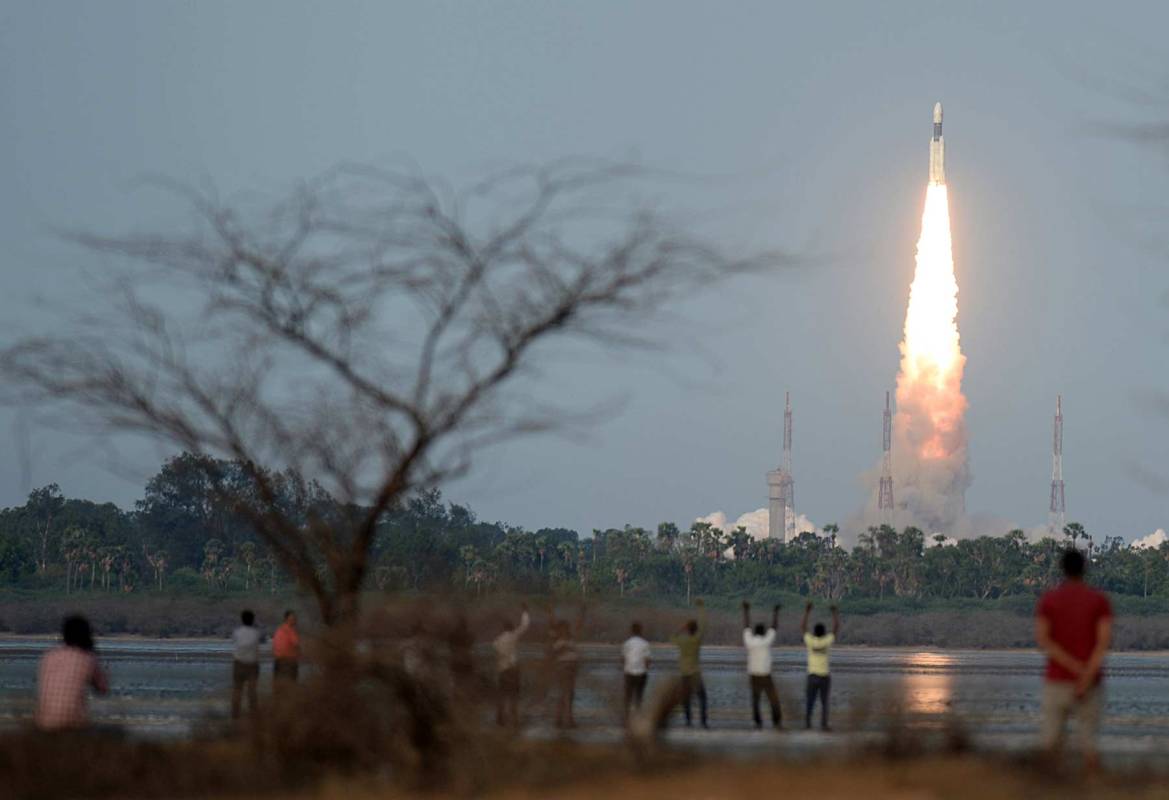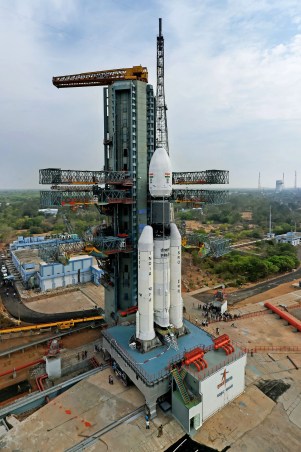India just made the space race a little more competitive.
On Monday, the heaviest rocket ever made by India, weighing 640-tons, successfully delivered a satellite into orbit. It’s considered a promising demonstration of the Indian Space Research Organization’s (ISRO) growing space capabilities. And the goal is to use the rocket to eventually transport its own astronauts into orbit.
The launch was a milestone for the country as it aggressively pushes to decrease its reliance on European rockets for similar missions and have a bigger role in the space industry overall, BBC reports.
India’s Geosynchronous Satellite Launch Vehicle-Mark III (GSLV-Mk III) weighed as much as 200 elephants. For now, the “monster” rocket’s primary mission is to carry heavy satellites, but the country hopes the ISRO will be able to outfit it to carry astronauts by 2024.
ISRO wants to be the fourth country to send someone into space—after the United States, Russia, and China.
The GSLV-Mk III’s launch follows India’s recent success with its space program. The country delivered a probe to Mars in 2014 and launched a record 104 satellites in one mission in February.
This article was featured in the InsideHook newsletter. Sign up now.

























